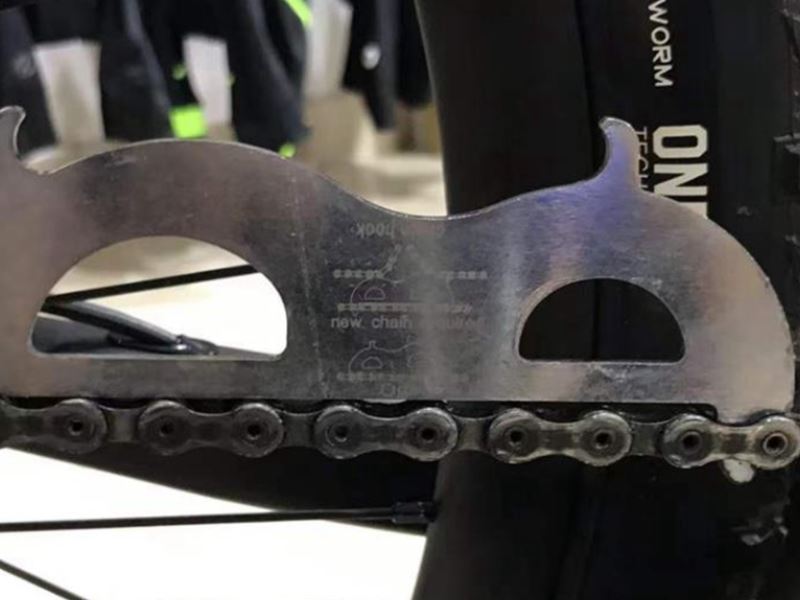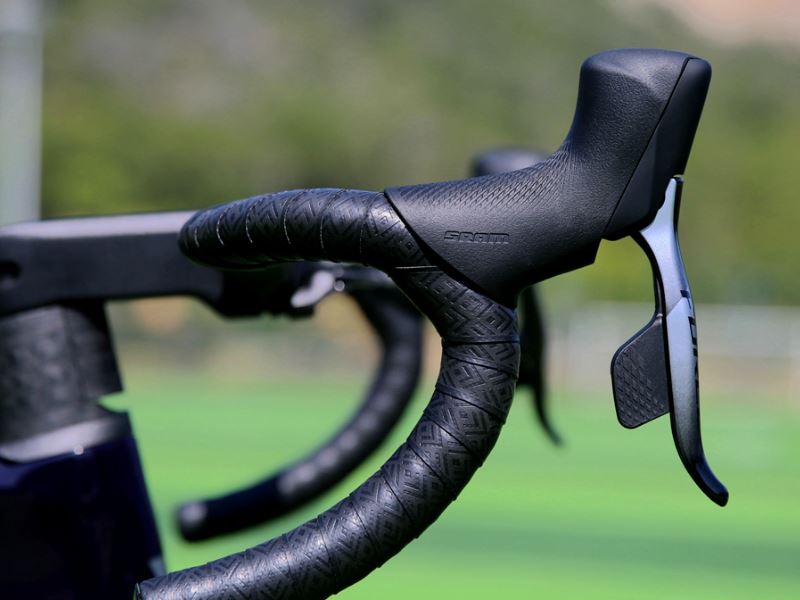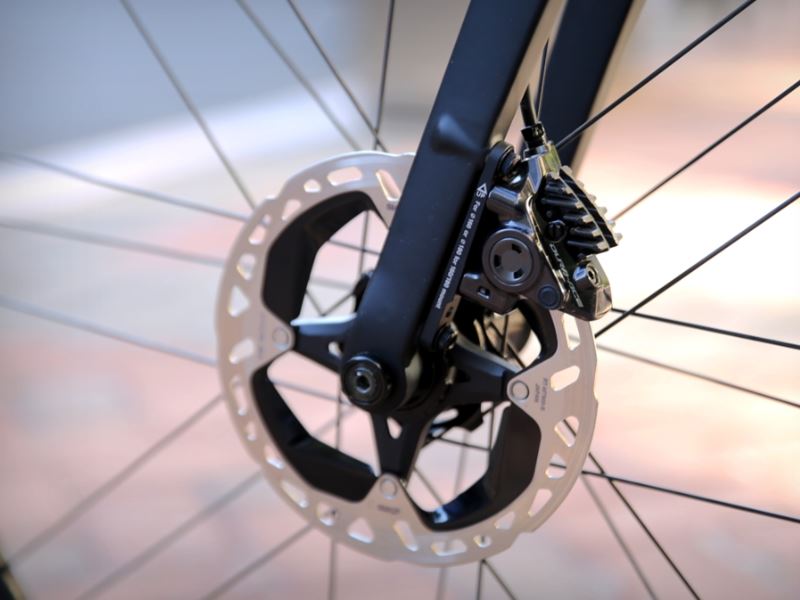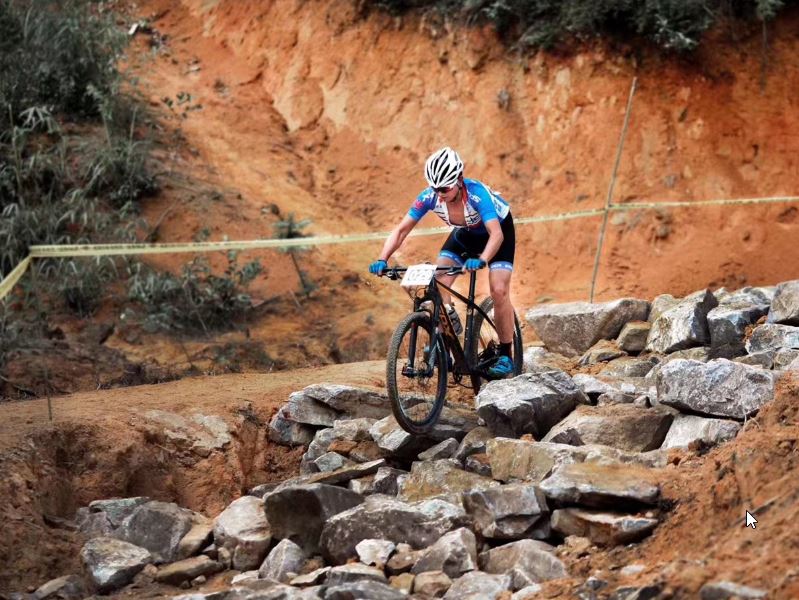by Tiffanybikes
Share
by Tiffanybikes
Share
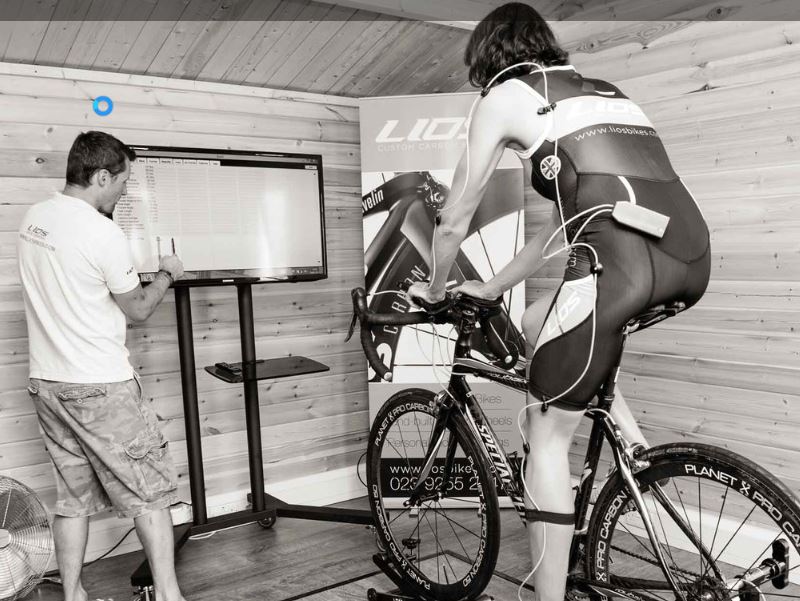
Choosing the crank length for yourself according to your height, leg length and crotch height is feasible for most riders, but when you encounter a “non-standard” body and riders who are very concerned about the benefits of riding posture, just A case-by-case analysis is required.
Long cranks must be suitable for tall people? Short cranks must be for small people? Not really.
Canyon Ultimate CF SLX in Quintana
The star climber Quintana, who is 167cm tall, uses 172.5mm cranks all year round despite his short stature. In the sit setting of track riders, the crank length generally falls between 160-170mm; the crank length of triathlete riders is generally short, even as short as 155mm.
This is because, in different riding scenarios, the riding benefits brought by long/short cranks are not the same. In addition, it needs to be adjusted according to the rider’s personal physique and needs, which is what needs to be studied at the Bike Fitting level.
Long cranks = long levers = less effort?
According to the experimental conclusions mentioned in the article 【Influence of Small Immediate Changes in Crank Length on Submaximal Riding Overall Efficiency and Pedaling Technique】 in the April 2017 issue of the Journal of Sports Sciences:
Physiological indicators of the experimenter (oxygen uptake, respiratory quotient, heart rate and total efficiency) were not significantly different at different crank lengths, but kinetically, the long crank significantly increased the maximum positive torque and the maximum negative torque. Mechanical efficiency is reduced. Also, kinematically, the long cranks significantly increase hip flexion by up to 2.5 degrees and knee flexion by up to 3.4 degrees.
Bike Fitter Advice
Fitter Wang Kaiyuan:
“Previous studies have shown that excessive knee flexion (more than 115 degrees) significantly increases the patella compression force on the femur during pedaling, thereby increasing the risk of knee injury. In other words, a crank that is too long may increase riding the probability of a sports injury occurring in the row.”
Fitter Stewart Morton:
“If a rider wants to use super long/short cranks, I would focus on knee splay and saddle position to keep the athlete safe from injury and to maintain efficient pedaling.”
What kind of person needs a short crank?
Shorter riders
Generally speaking, it is more reasonable for shorter riders to use shorter cranks, but if you want to change the sitting settings to improve your competitive ability or riding experience, please do so under the guidance of a professional Bike Fitter.
Triathlete
To keep the hips at a healthy angle during pedaling, Ironman athletes use the short cranks to sit further forward while lowering the handlebars for good results on the run after the ride. On triathlons, due to the low riding position, the influence of the crank length on the range of motion of the joints, especially the range of motion of the hip joint, needs to be considered. This is why short cranks are generally popular in triathlons.
Riders with insufficient ankle freedom
One of the cases from the Steve hogg Bike Fitting studio, a small rider, opted for an ultra-short crankset in order to use the center cleat setting. This is due to his lack of ankle freedom, which is exacerbated by the mid-cleat setting, requiring a shorter crank.
Fu Luye 150mm crank spy photos
Fuluye 150mm crank prototype spy photos exposed
The demand for short cranks is inevitable in the market. In order to meet the riding experience of a small number of fans, Fuluye, which serves the fans attentively, has developed a crankset with a 150mm crank. At present, this product is still in testing. According to reliable sources, this chainring will be matched with 46-30t chainring
The “out-of-stock tide” brought about by the epidemic has made it difficult to find a bike in the cycling circle. Even if some brands can order a bike, the delivery time varies from a few months to more than half a year. There are many bike fans who can’t wait to turn their attention to […]
Whether you’re a big cyclist or a novice cyclist, who hasn’t made some mistakes on the bike? For example, when the new bike is installed, the vehicle accessories are installed incorrectly, the equipment model is not matched when the accessories are upgraded, the fault judgment is wrong, and there is wasted effort in disassembly and […]
With the full popularity of the disc brake system for road bikes, the road bike market has completely resolved the debate between disc brakes and rim brakes. It can be said that disc brakes have completely taken over the rim brakes. But in road disc brakes, there is another debate, so is it better to […]
Today, most mountain bikes on the market are equipped with front fork shock absorbers, and even many gravel bikes are equipped with micro-travel shock absorbers in order to cope with more complex road conditions. There is enough suspension travel on a bicycle to measure the bumps that the bicycle can absorb, so what kind of […]
